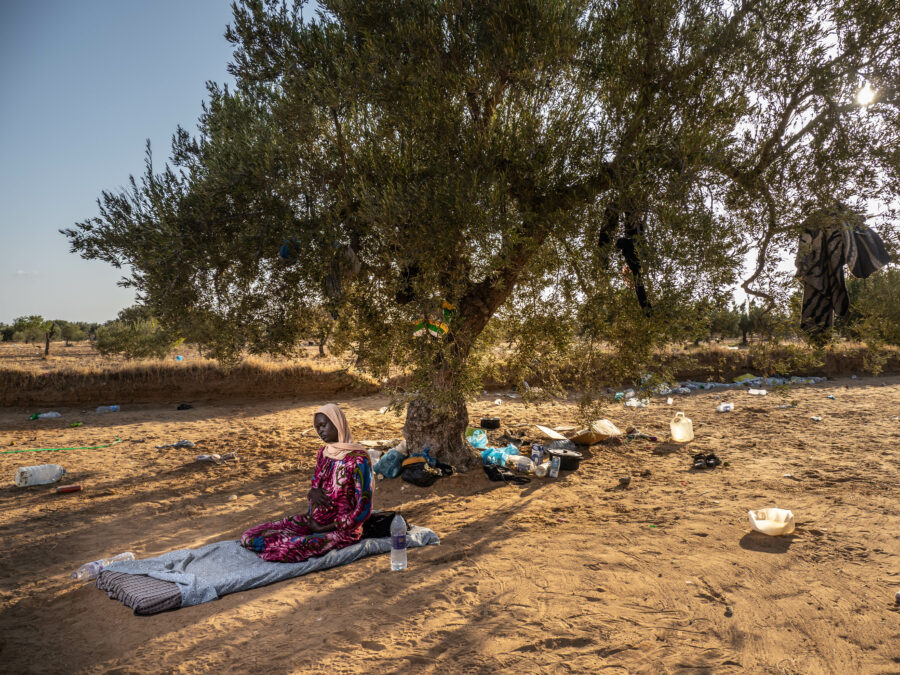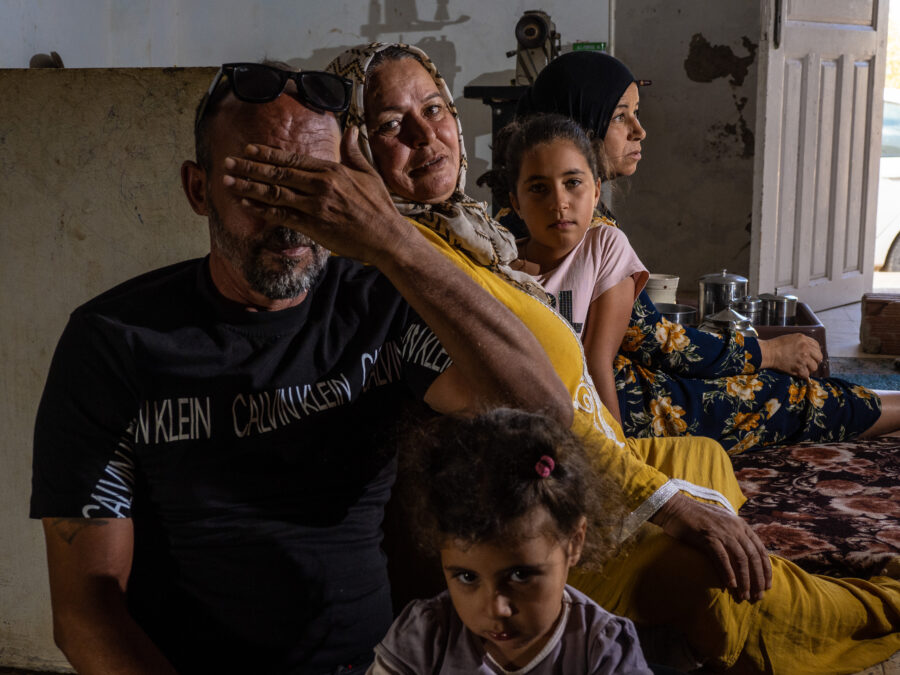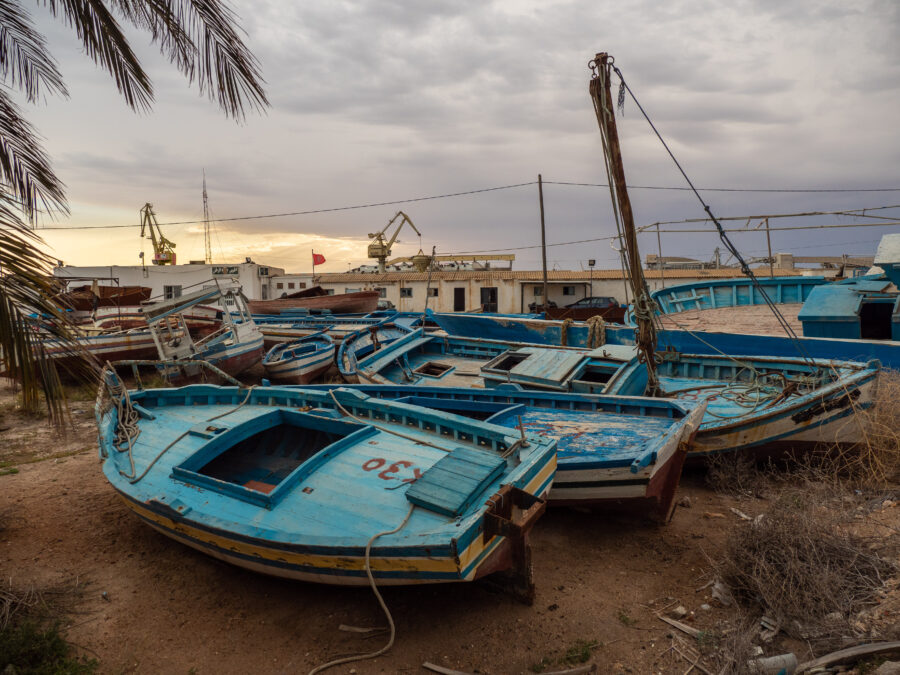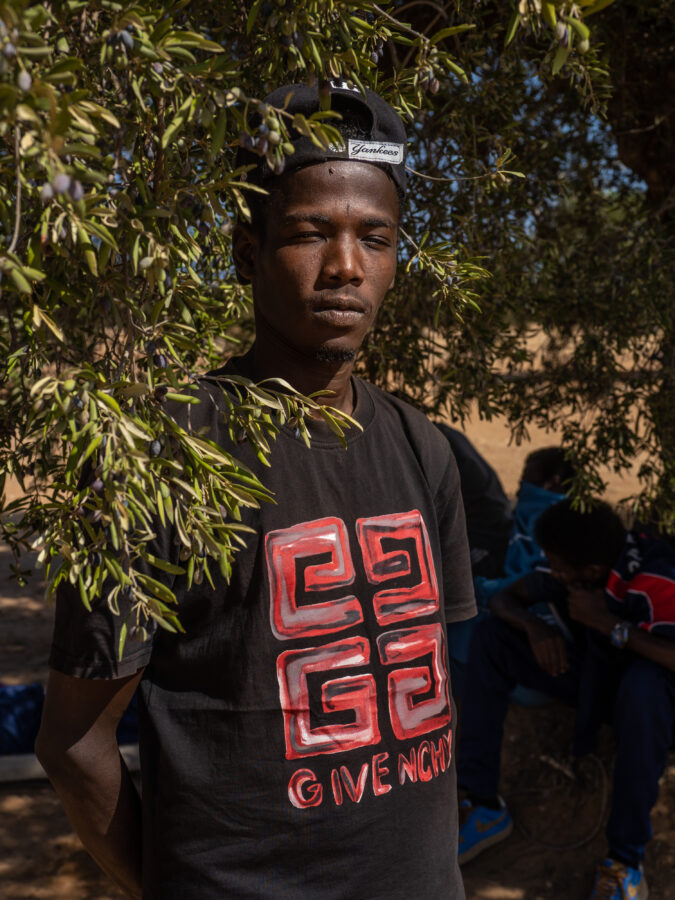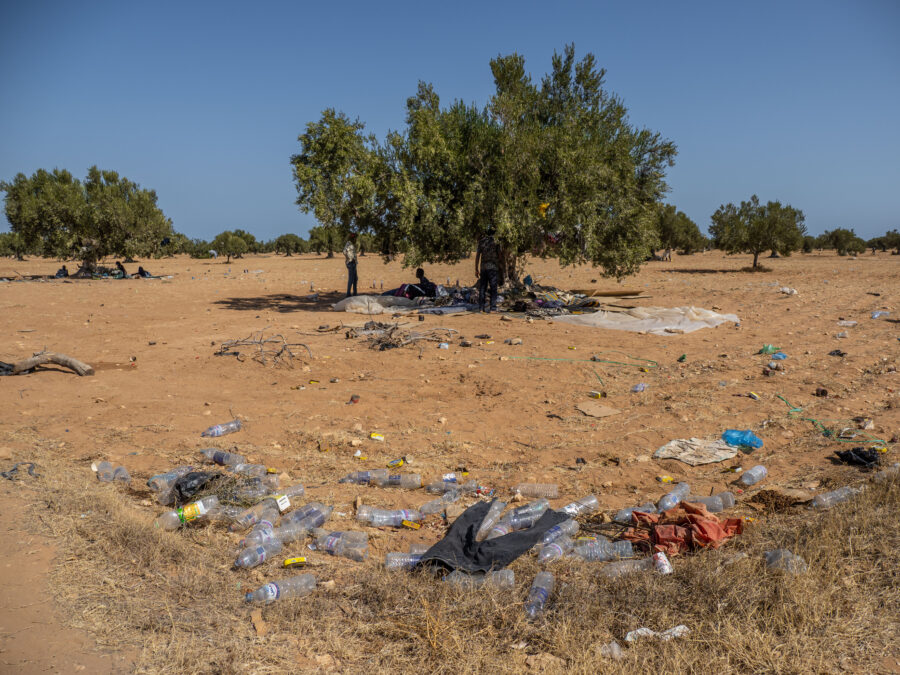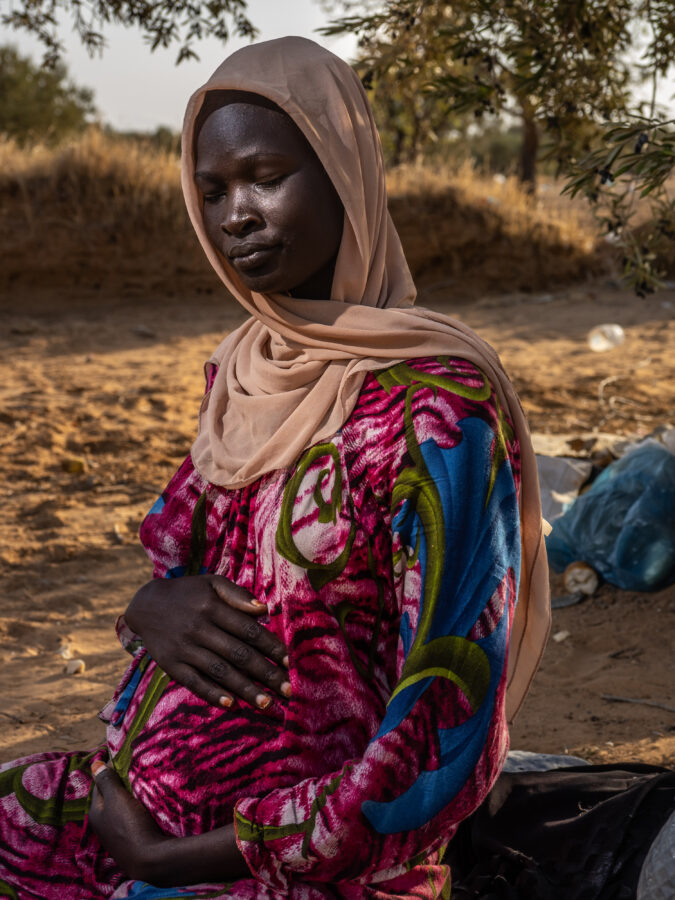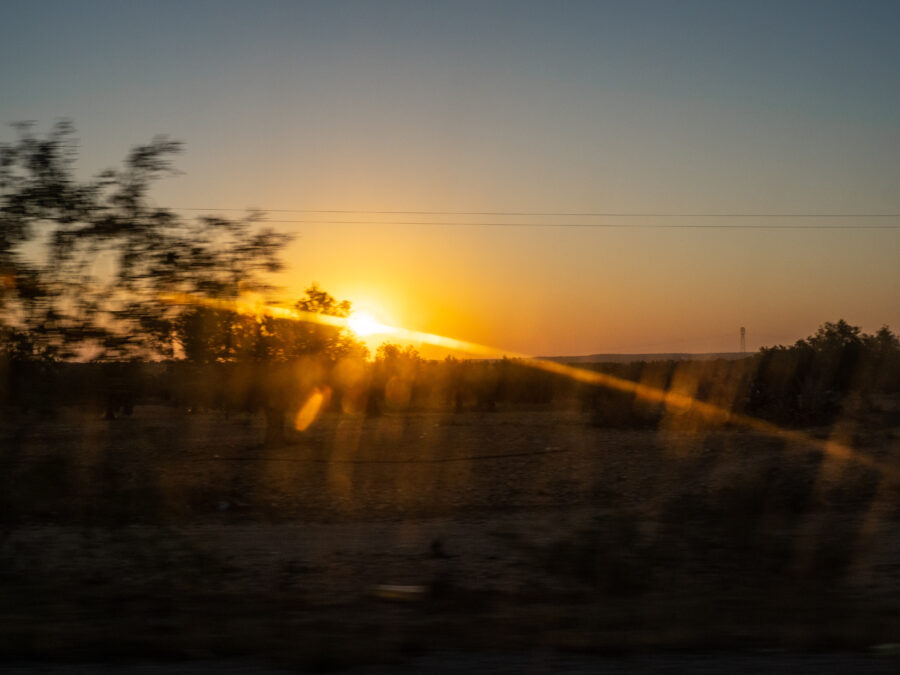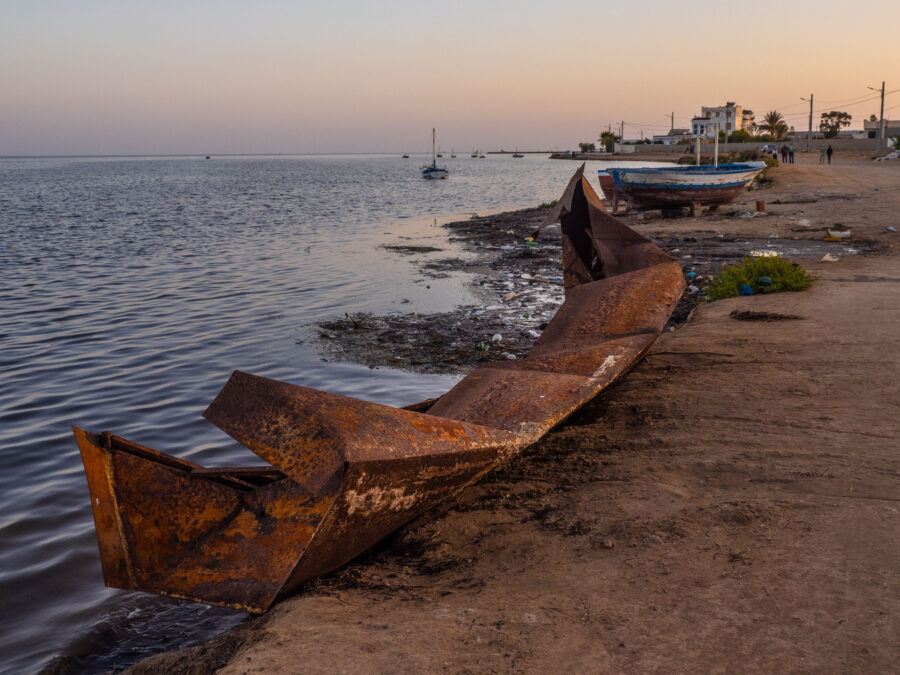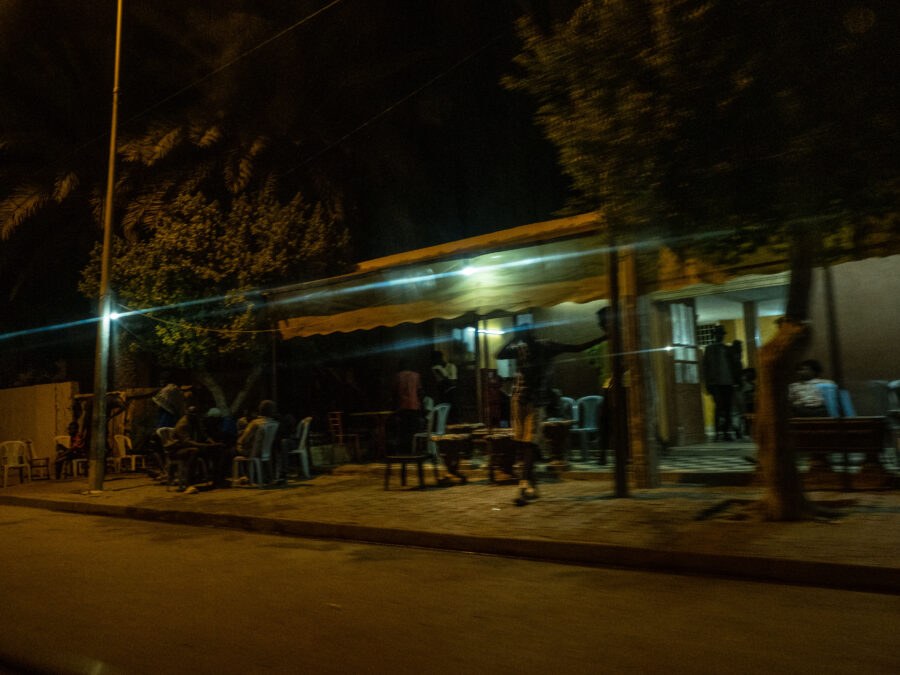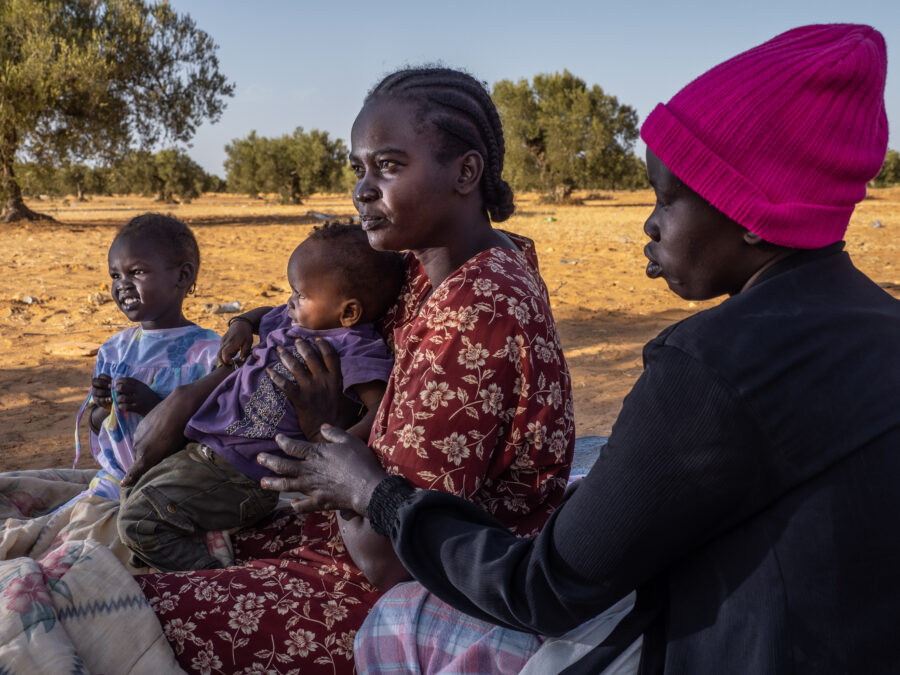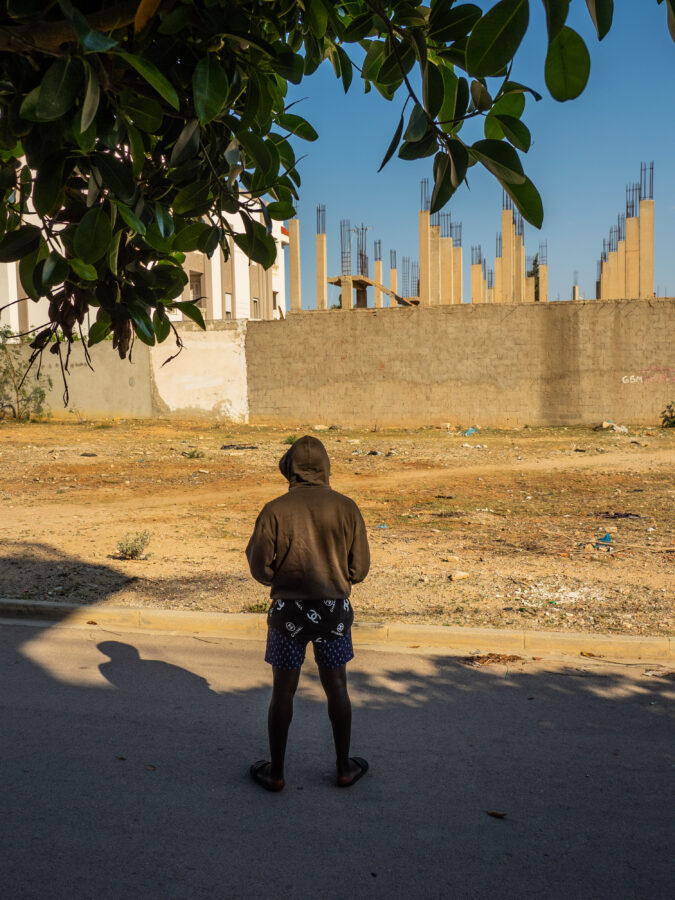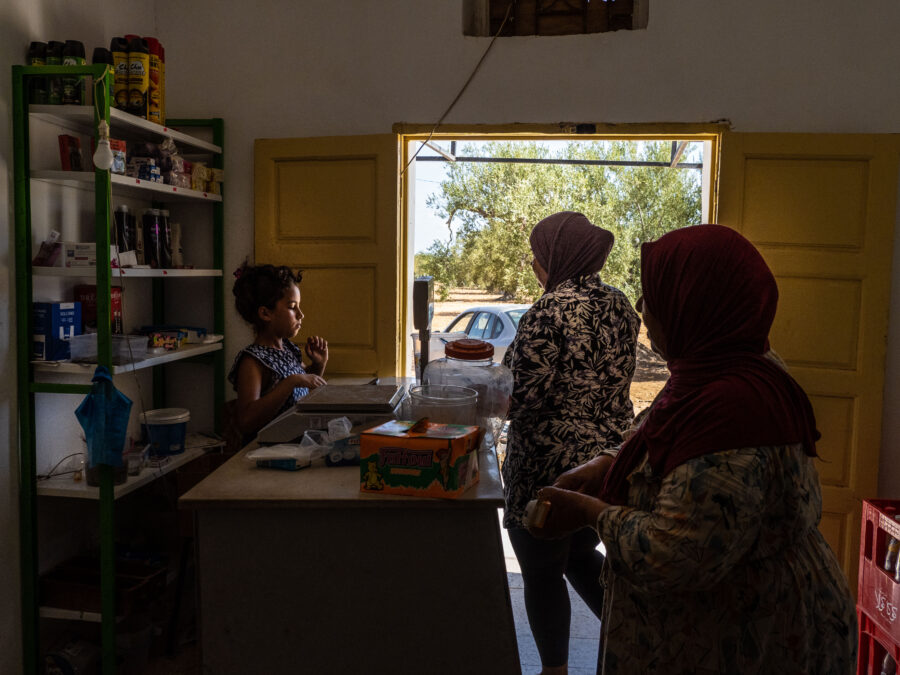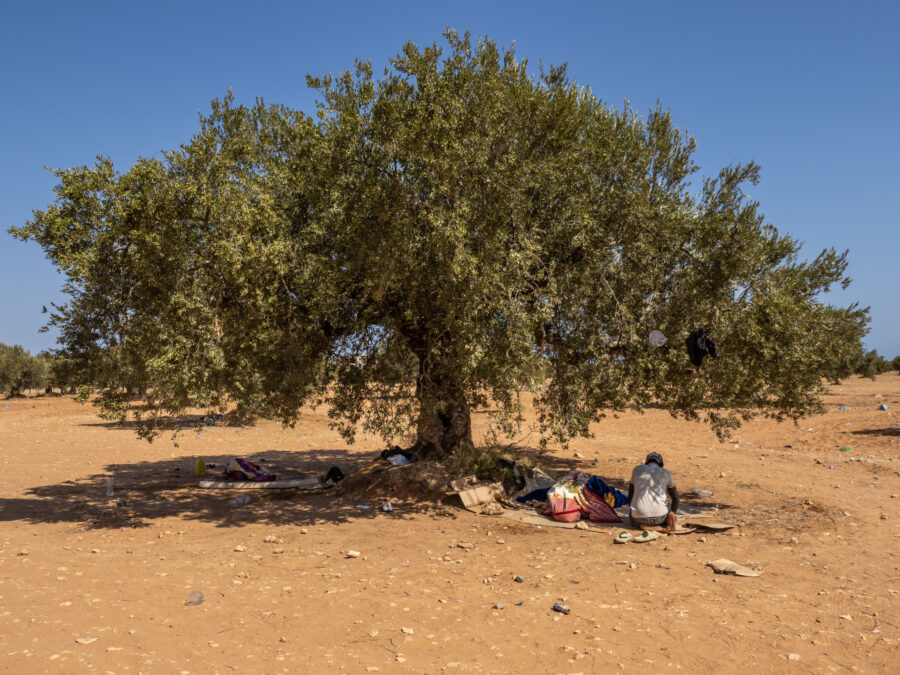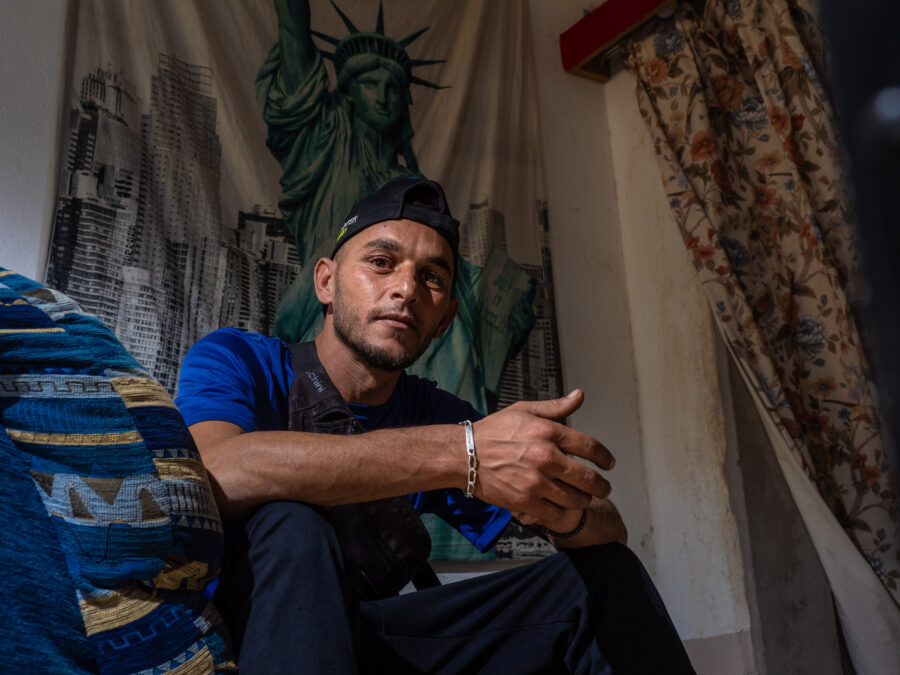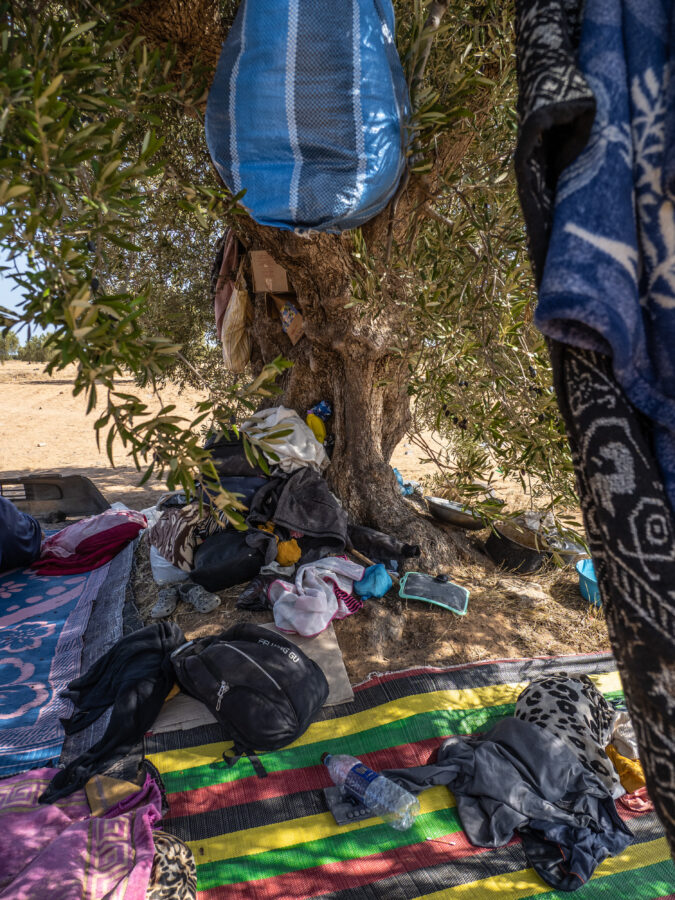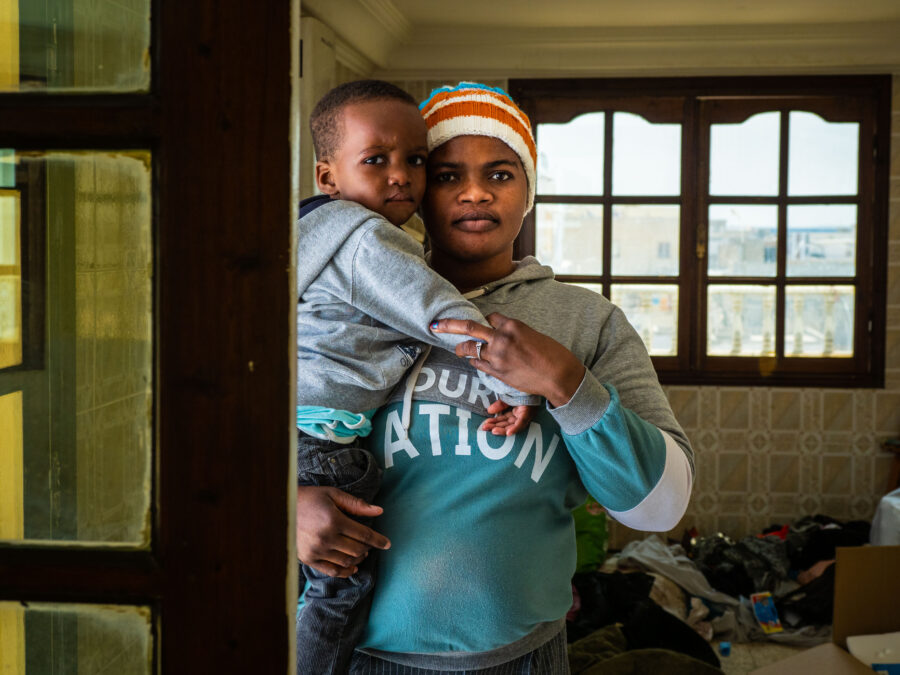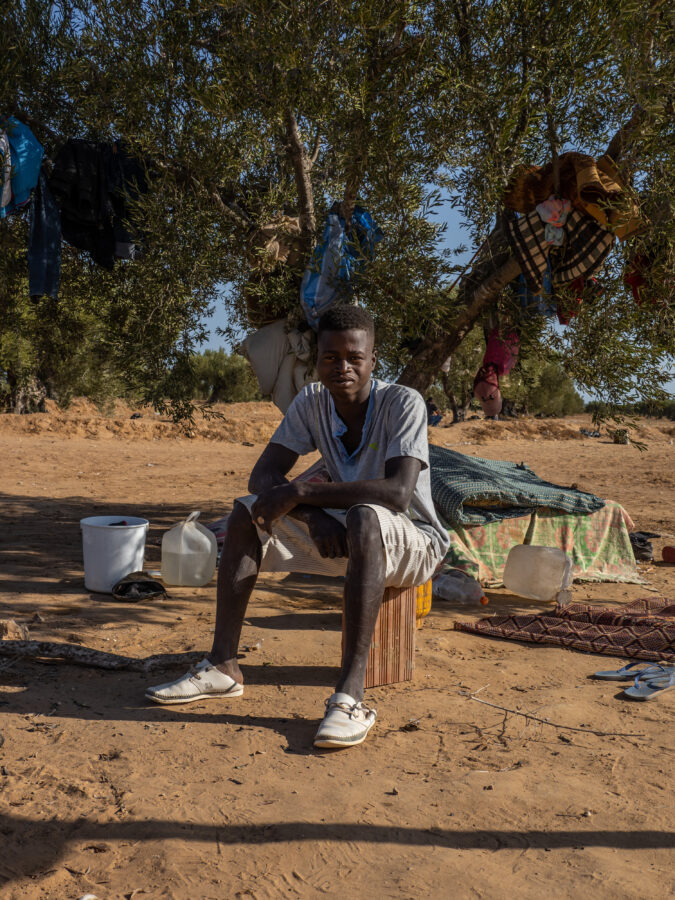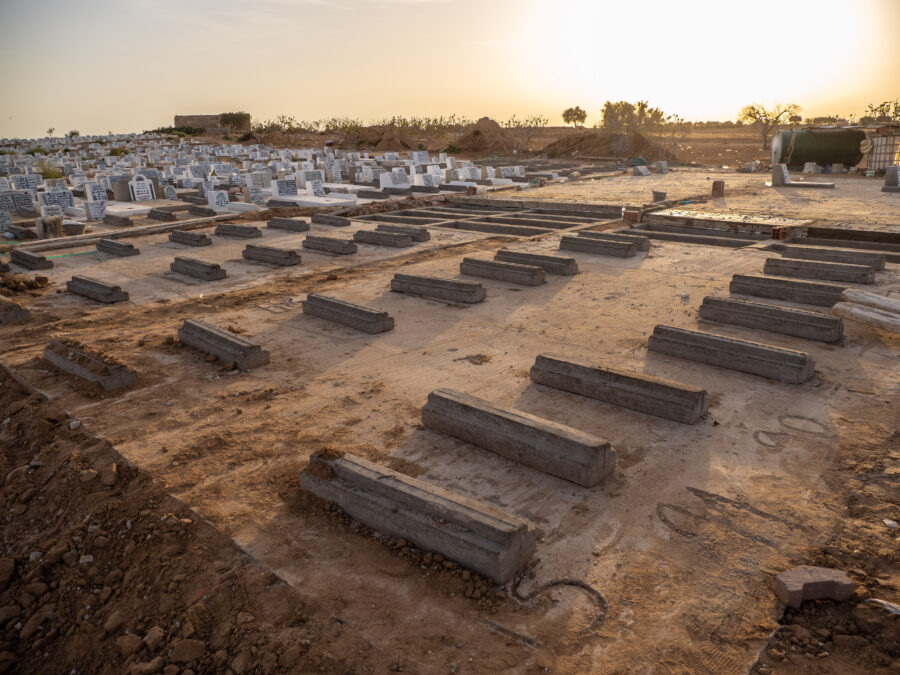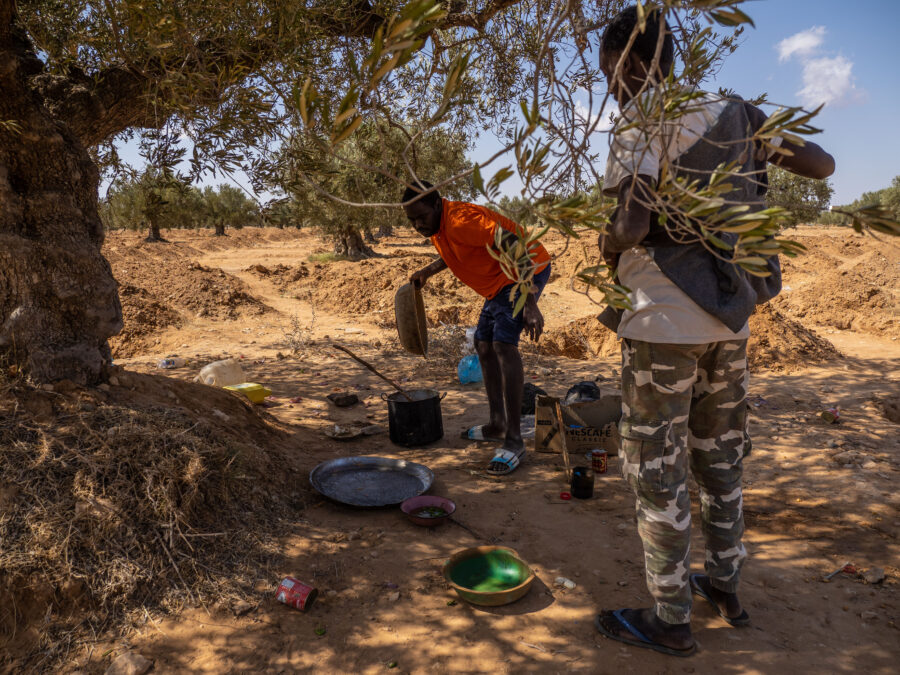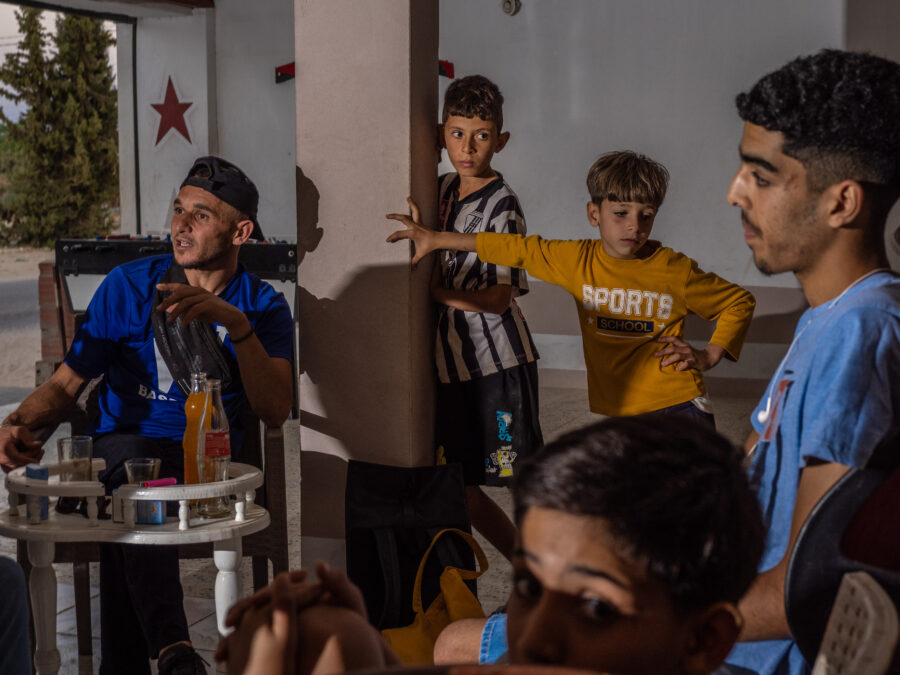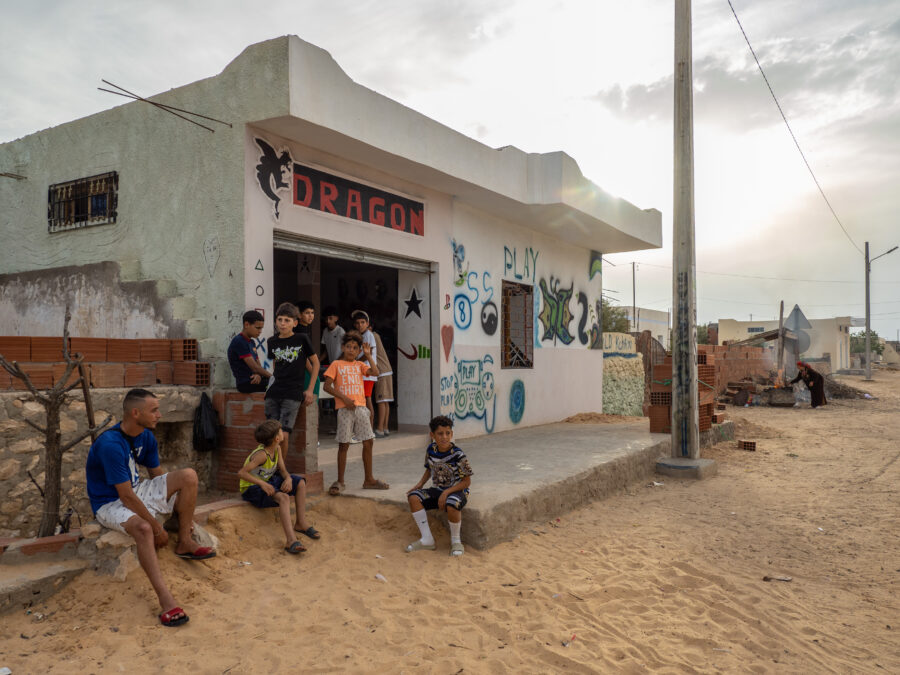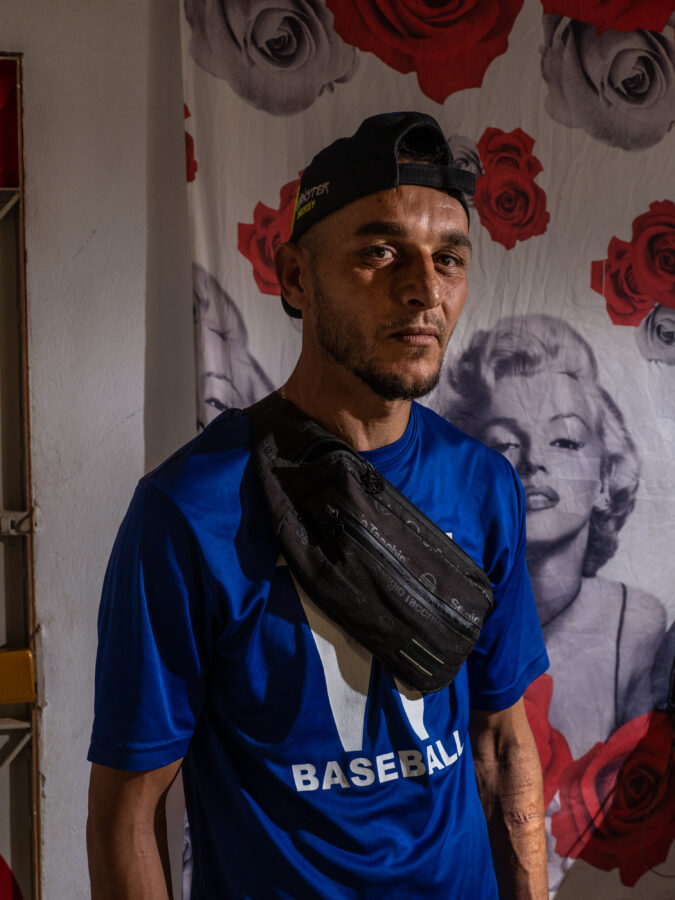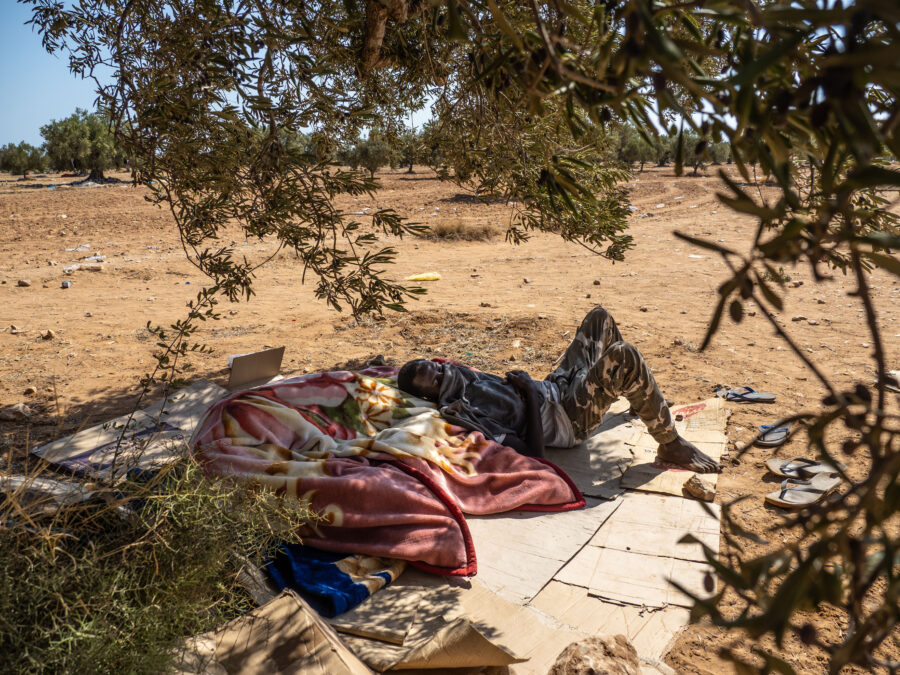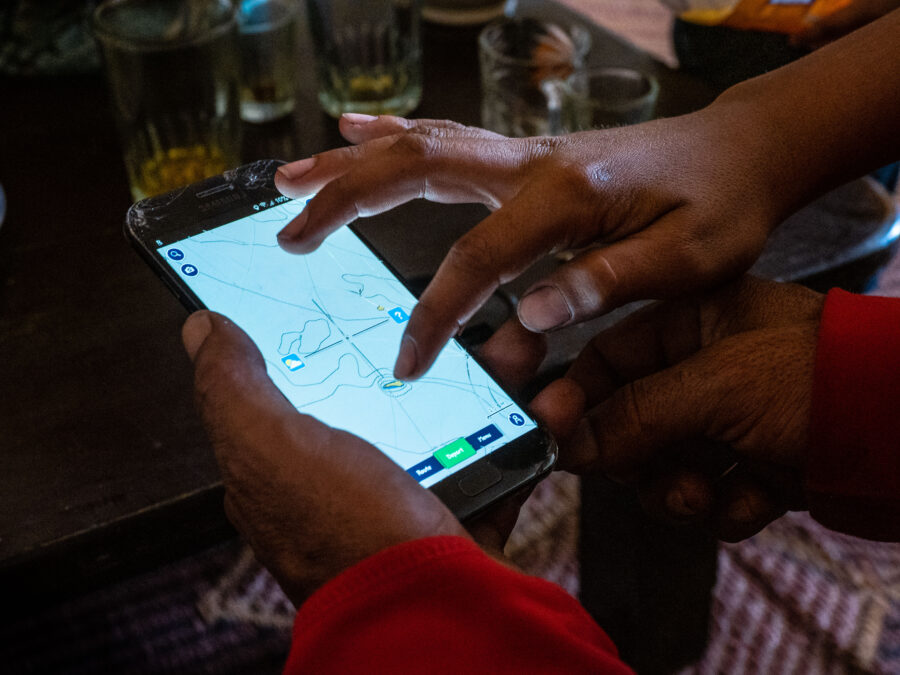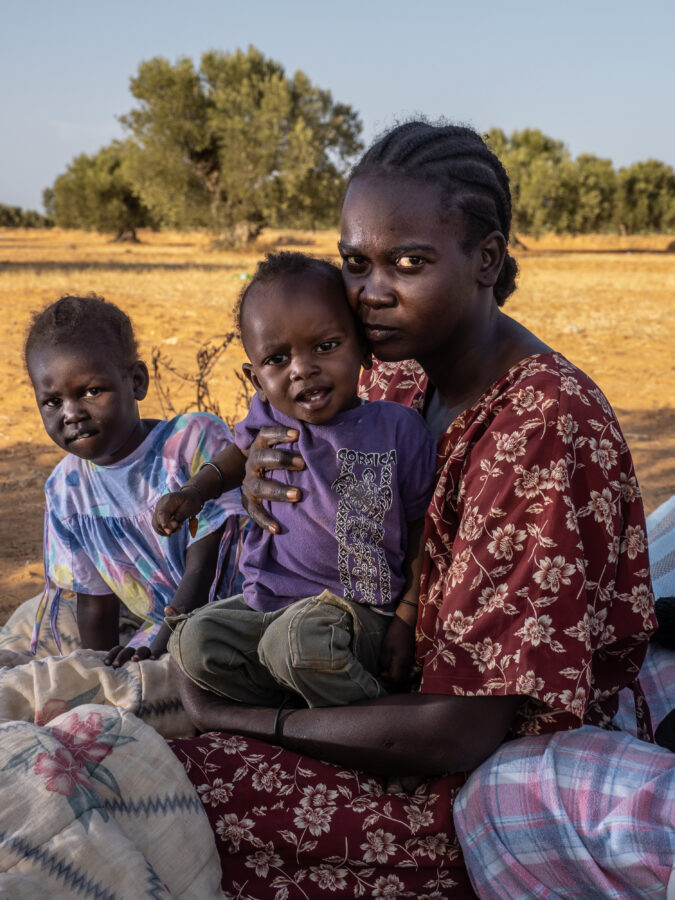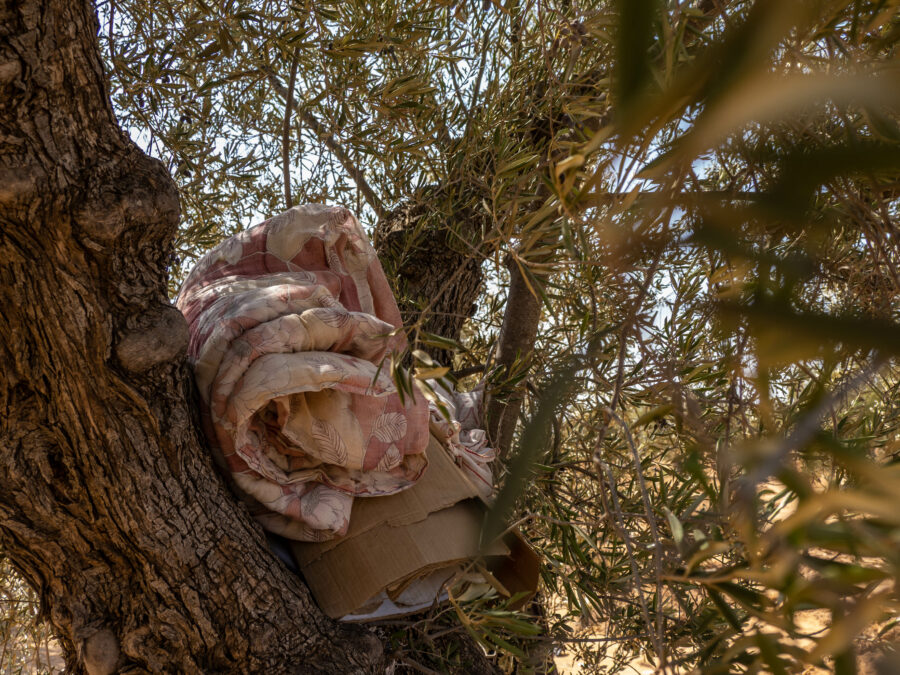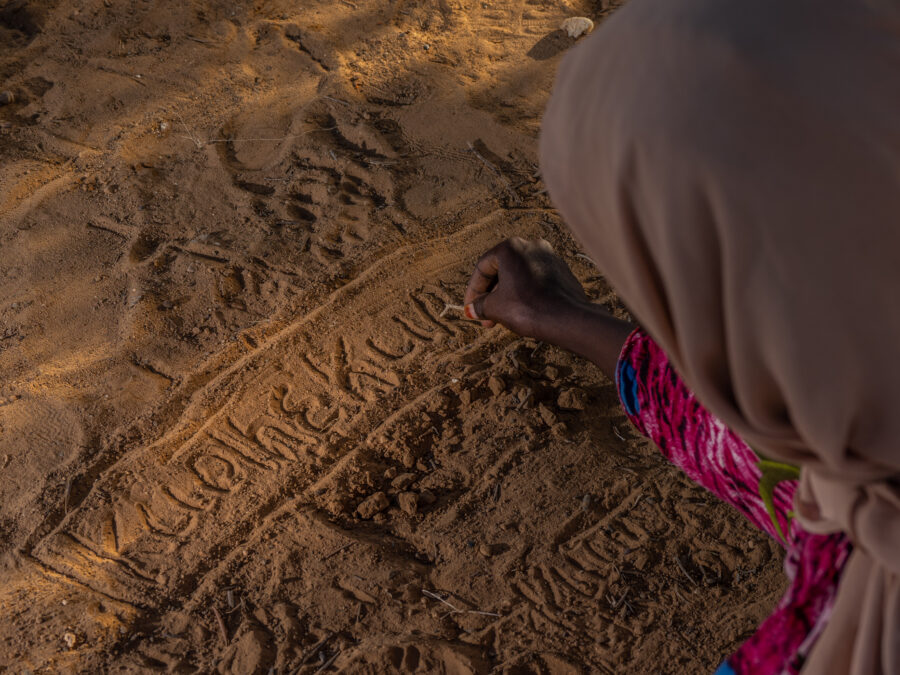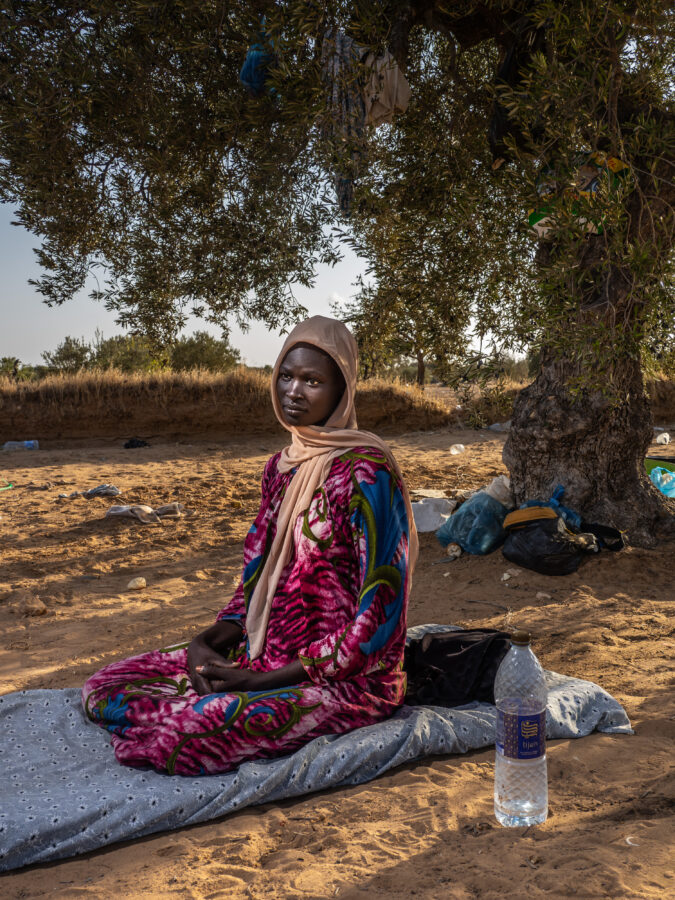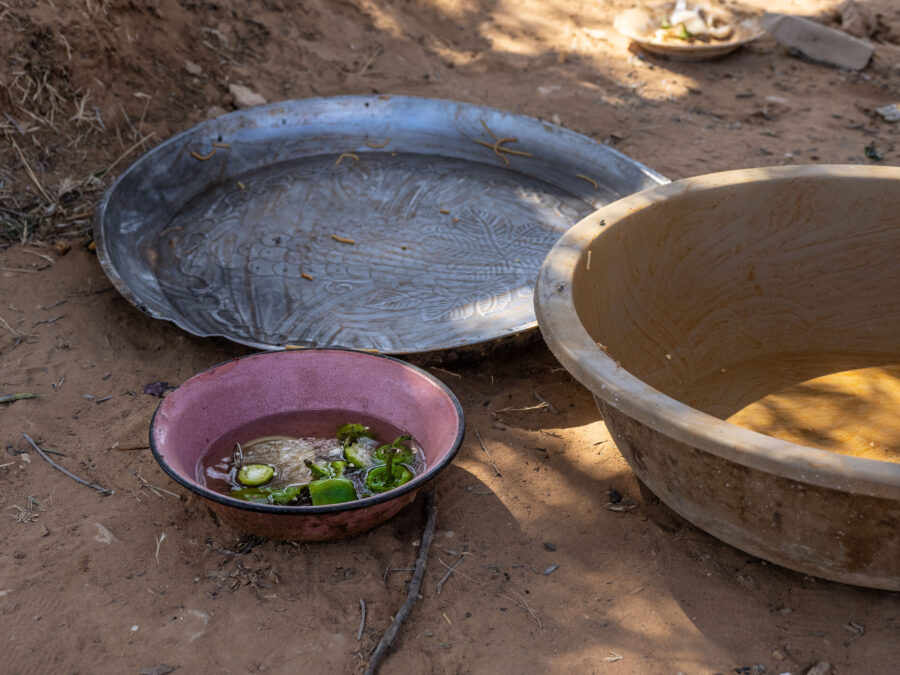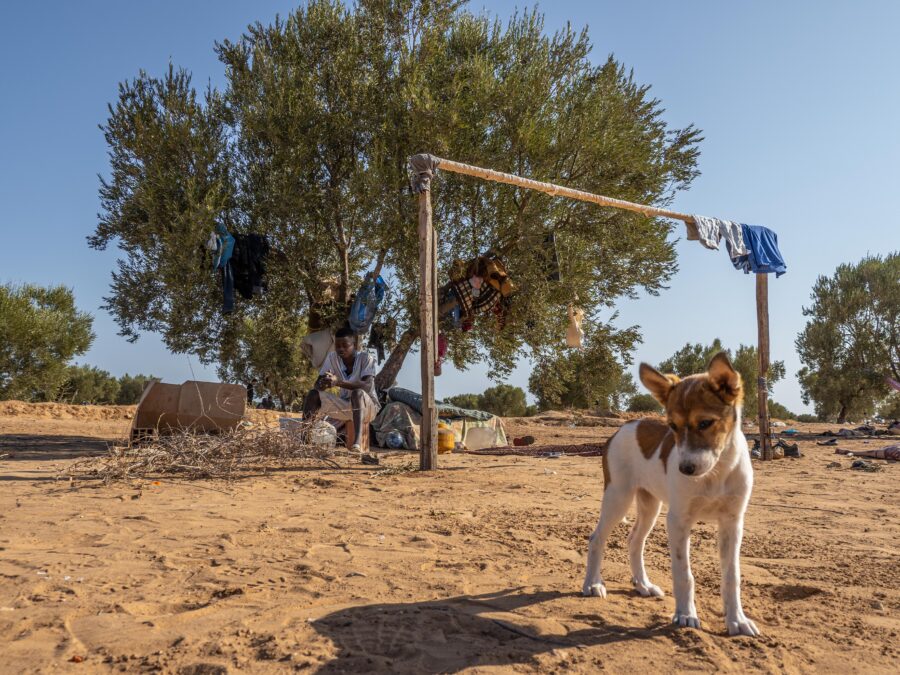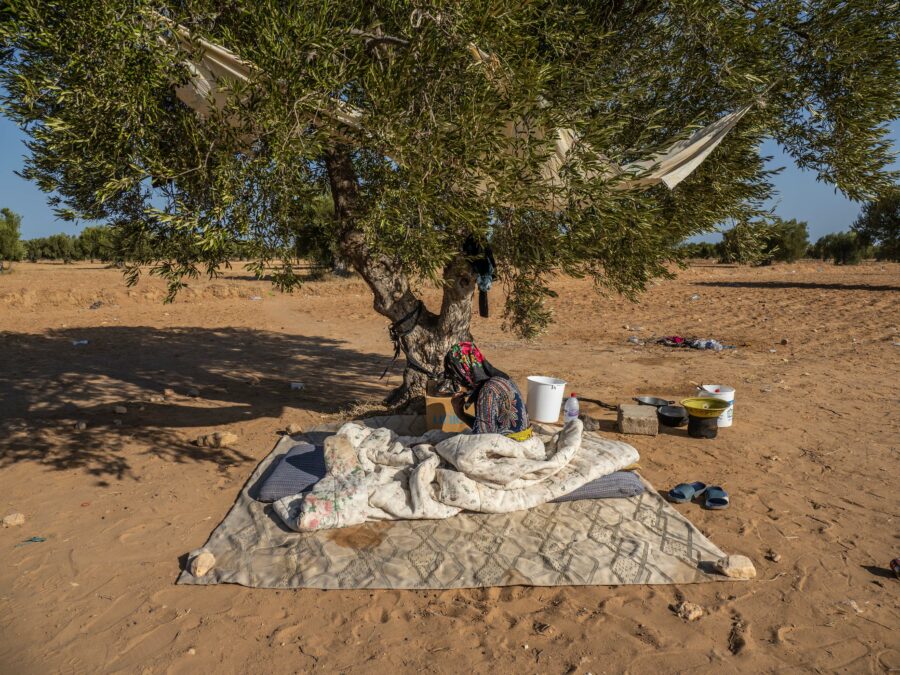Olivraies Tunisiens
The Tunisian migration crisis in El Amra: locals try to escape, refugees must live under olive trees
The Central Mediterranean Sea is the deadliest border of Europe. In 2023, 3.129 children, women, and men trying to cross into Europe were reported missing or dead at sea: an average of 8 victims per day. While Libya remains the main country of departure, during 2023 departures from Tunisia have dramatically increased: more than 97,000 people reached the island of Lampedusa and Italy from Tunisia, and 70,000 were intercepted back according to Tunisian authorities: more than double the 2022 figure.
The EU is relying on close cooperation with Tunisia to impede migrant crossings, even while the country, currently slipping back towards dictatorship, is in the midst of an economic, ecological and political crisis. While the rural economy is suffocated by four consecutive years of drought in a rapidly warming climate, Tunisian nationals face stagnating wages, food shortage, widespread unemployment - often forcing them to cross the sea too.
Among discontent and political instability, the Tunisian government has been increasingly fueling hatred towards Sub-Saharan refugees. On February 21st 2023, Tunisian President Kais Saied gave an inflammatory speech, blaming African migrants as public enemies set to steal resources and destroy Arab culture. Refugees became the target of increasingly frequent discrimination and violent attacks in several cities, often with direct involvement by police and military groups.
Sfax, the second biggest city in Tunisia, is the main area of departure to cross the Mediterranean, and the epicentre of the escalating wave of violence that ran throughout the country. In July, migrants stationed in Sfax became the target of a rapidly escalating eviction campaign. In September, the Tunisian government stepped up its operations, ordering a manhunt to quickly declare the city “migrant-free”. Refugees were violently pushed out of the city and forcibly driven into the desert. Most found precarious refuge in the olive fields surrounding the towns of El Amra and Jebeniana, several miles north of Sfax.
El Amra has a resident population of 6.000 inhabitants. In September 2023, over 10.000 refugees had to camp in the town's agricultural lands, dried by the hottest summer since 1950. Life in the deserted fields is incredibly hard: no water, no food, no shelter, no hygiene, no safety; many people did not survive. In the scorching heat, motorized smugglers and armed militia zigzag across the open fields and closely control the migrants, selling food and services, extracting rents and payments, demanding money from struggling families in their countries, and collecting the fee to have a spot on a boat.
The only shadow in the desert is the one cast by omnipresent olive trees. Thousands of single men and women, sometimes pregnant, groups of teenagers, small families with children, unaccompanied minors, had to turn each olive tree into an elemental, precarious home, while waiting for the day they may be able to cross the sea, facing death again in search for safety.
Work produced on assignment for Der Spiegel.
